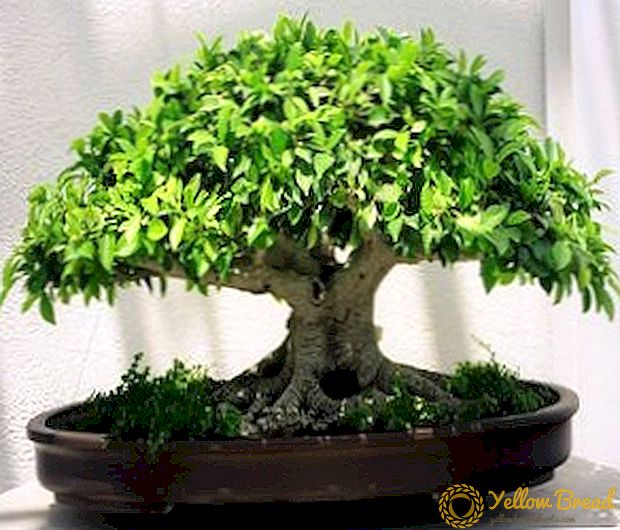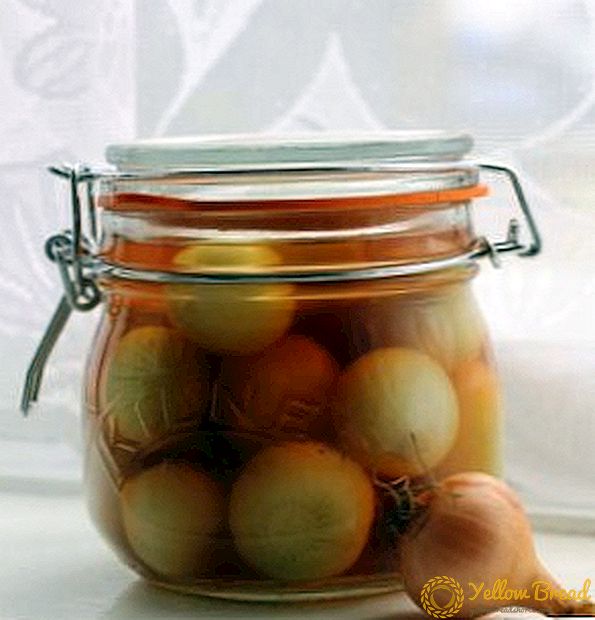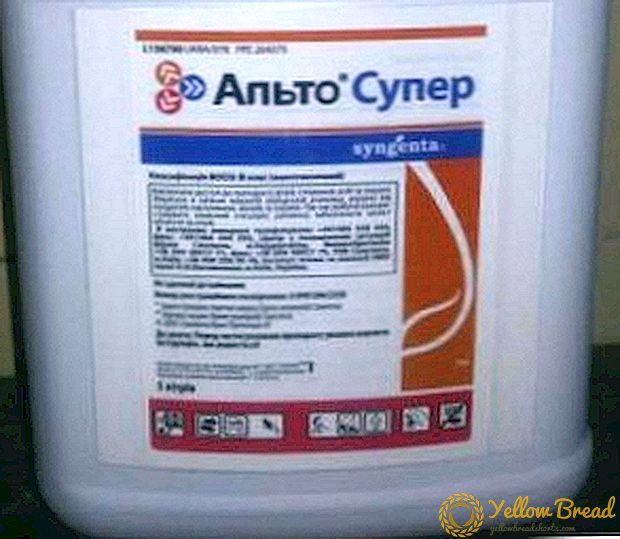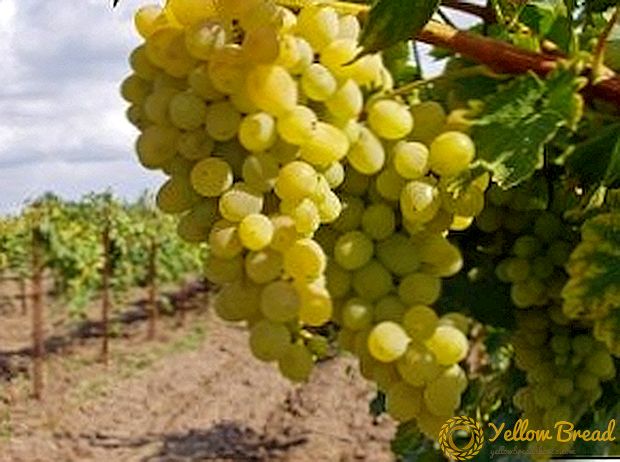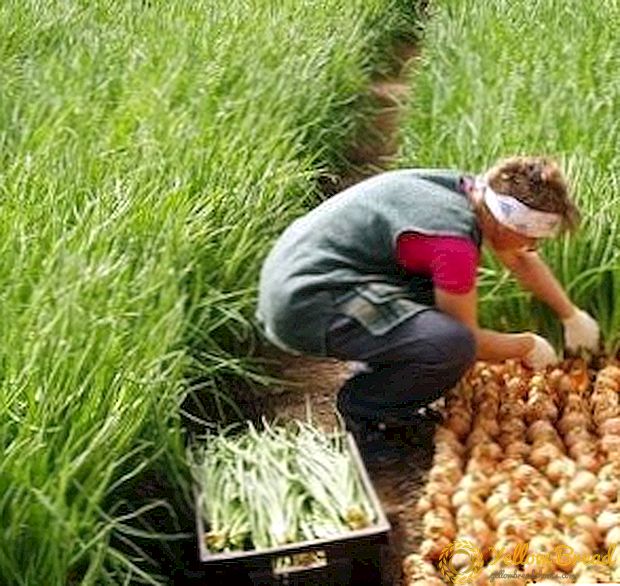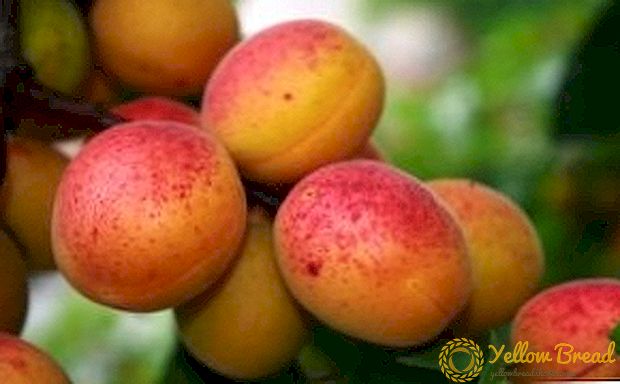
Each gardener dreams of a beautiful and well-groomed garden, so that sprawling bushes, delightful flowers, many fruit-bearing trees grow ... A sight for sore eyes!
One of the beautiful fruit trees is apricot, it pleases our eyes with delicate flowers, and the aroma and taste of apricot is unmatched.
Apricot is not a very capricious tree and, with proper care, rewards us, for our efforts, with high yields.
First, preparation for landing
What soil is suitable

Apricot best land on high ground, solar and warm side of the site, in a sheltered place from the cold wind. On the southern side, it is not recommended to plant apricots, since the vegetative process begins too early, the tree loses its ability to resist frost.
The main requirement for the soil is good breathability, because the roots of the tree need a constant flow of air throughout the growing season. Apricot has a negative impact on flooding the site with water for a short period of time, an excess of moisture for the root system can be detrimental and lead to a tree wilt.
When choosing a place for the future garden apricot, you should pay attention to the composition of the soil. Black soil would be an excellent option, but sandy loamy, medium loamy, well-breathable soils are also suitable, so this land warms up quickly and easily allows air and water to pass through.
Do not plant apricot seedlings on clay soils. They retain moisture, and for this reason, the growth period of the tree does not have time to end to the onset of cold weather, and subsequently it does not tolerate the winter and slowly stops bearing fruit.
The soil composition should be neutral or slightly alkaline. Acidic soils need liming. It will not be superfluous to add dolomite flour to the ground when loosening the ground in the near-stem circle.
Preparing the soil for planting
To prepare the soil for the future apricot orchard, you need 1 or 2 years before planting. The soil should be worked as deep as possible. After all, the greater the depth of the treated soil, the richer the fertile layer melts. Trees grow well and delight with excellent yields.
Spring soil digging up a shovel or a cultivator to a depth of about 10 cm. Subsequent tillage until the end of the growing season is made to a depth of 8 cm.The number of soil treatments in the summer depends on how often the garden is watered, which is about 4-5 treatments.
In the fall, the garden is plowed, the depth should be about 20 cm between the rows, and 15 cm near the tree itself. In summer, the soil is cultivated by a cultivator to a depth of 10 cm.
Also, the land is not recommended for a long time to leave in the form of black steam, its physical properties deteriorate. The negative impact of steam can be reduced by sowing white lupins, peas or mustard, and manure applied to the soil.
The ground of the future garden should be kept clean, weeds need to be removed in a timely manner. Watering make furrows or sprinkling.
Do not forget about fertilizer

In autumn, the soil is fertilized with mineral fertilizers. And before the onset of winter, the earth needs potassium and phosphorus, and Calcium will not be superfluous. Most of the potassium and phosphorus are found in wood ash, and a large amount of calcium is in chalk, or it is possible to buy in specialized stores, preparations that include calcium.
Pit for planting: depth
Planting seedlings begins with digging a planting hole, which must be excavated and prepared in advance at least one month. The width of the pit is 100 cm, and they dig 70-80 cm in depth. At the bottom of the landing pit, drainage is made from branches and gravel, and only then the prepared soil is filled up.
Fill it with chernozem, which is mixed with one bucket of humus, with the addition of ash and mineral fertilizers. The pit is filled with layers, and at the same time each layer is very well tamped to the formation of a small mound, the root neck should be above ground level.
Choosing a sapling for planting

Young apricot trees should be purchased in specialized stores or nurseries. When buying seedlings, it is necessary to carefully examine the root system, make sure that there are no dried or frozen roots that may not settle down.
Faster on a new place are taken trees with closed root systemthat are grown in containers. They are planted at any time of the year, regardless of the climate of the area.
It is better to buy two-year-old saplings, because the root system of them is quite well developed, it has at least 3-4 main roots. But you can plant annual plants, you need to ensure that at the time of planting there were no dried roots.
Preparing a seedling before planting
Before planting an apricot, cut the tips of the roots, removing, thus, the damaged and diseased roots. They are dipped in a specially prepared mixture, which consists of water, clay and fresh mullein.
The prepared mixture should be of medium thickness, the thickness of the applied layer of the mixture is about 3 cm. At first glance this procedure may seem meaningless, but this is far from being the case. The earth will adhere perfectly to the root system, plus it is able to protect the roots from heat.
Planting apricot seedlings
When can I plant?
Almost all gardeners insist that the best time of year for planting apricot is autumnAfter all, with the onset of winter, the ability of the soil fungi to actively vital activity decreases, thereby reducing the risk of infection of the tree. Planting an apricot is the first and main step in growing apricots.
Apricots are planted at least 60 cm deep.
Fertilizing

Since rotted organic fertilizers are introduced into the planting pit, In the first year after planting a tree, no fertilizer is applied.. After all, their excess increases and delays growth, seedlings may not have time to prepare for the onset of cold weather.
From the second year they begin to make fertilizers with a nitrogen content (early spring) and phosphate (with the arrival of summer). The amount of fertilizer applied depends on the external state of the tree, with strong growth and large shoots, it is recommended to reduce the amount of nitrogen fertilizers, and, conversely, with weak growth they add.
All the leaves that have fallen from the tree are collected and burned, since various infections can overwinter in the leaves of the fruit tree, in particular, the fungal infection.
For the formation of flower buds, 2-3 weeks before the beginning of this period, apricots fertilize with nitrogen and phosphate fertilizers. Apricot trees need and potash fertilizers, they are made when digging the soil at the same time with phosphorus. Organic fertilizers are applied once every two or three years.
Caring for a tree after planting
First about watering

Trees after autumn planting need to be watered abundantly in both spring and summer. Constant watering contributes to the formation of new roots in wet soil.
With the onset of August, the number of irrigations is reduced, and then completely stop watering, so as not to contribute to unnecessary growth until the arrival of winter. The earth in the tree wheel is constantly maintained in a loose state, without weeds.
Treesregardless of age need additional watering in Mayso that apricot with an intensive growth of all its processes does not experience a lack of moisture. To restore the strength that was spent on ripening the fruit, the tree, after the last apricot was torn off, is watered.
There is a perception that apricot does not need frequent watering, as it rather easily tolerates drought. But, to ensure comfortable conditions, this type of care is absolutely not to be neglected.
Also need to feed
Fed apricots in the spring, make fertilizer in the ground. When poor soil they are made annually.
From the second year, in the beginning of spring or autumn, after planting the plant, they make complex mineral fertilizers. Organic fertilizers are applied every 3-5 years: manure, peat or compost. You can use bird droppings as a type of organic fertilizer.
To apricot fruit well, make mineral fertilizers. In the second or third year, ammonium nitrate is introduced - 60 g, potassium chloride - 40 g, and superphosphate - 130 g. Since the fifth, seventh year of tree growth, the amount of mineral fertilizers slightly increases.
We protect our tree

The apricot tree needs protection from diseases and pests, from the onset of cold weather. Wounds and freezers are treated with garden pitch. This procedure is carried out in early May.
The most dangerous disease for apricot, as well as for other stone trees, is monilioz. Start the fight right away. Moniliosis is able to destroy the crop more often than the winter frost. To get rid of it, the trees are sprayed about three times with a solution of copper sulfate. Hurry up and spray the apricots before the buds form.
Since August, the amount of watering is reduced and fertilizing with phosphate-potassium fertilizer is done for more successful ripening of wood. The tree is whitewashed from sunburn in late autumn or early February, with special attention to the stem and the skeletal branches of the tree. Copper sulfate and clay are added to the slaked lime.
Apricots do not cover for the winter. The snow near the tree is raked, because the stagnation of water has a negative effect on the tree more than a slight frost.

